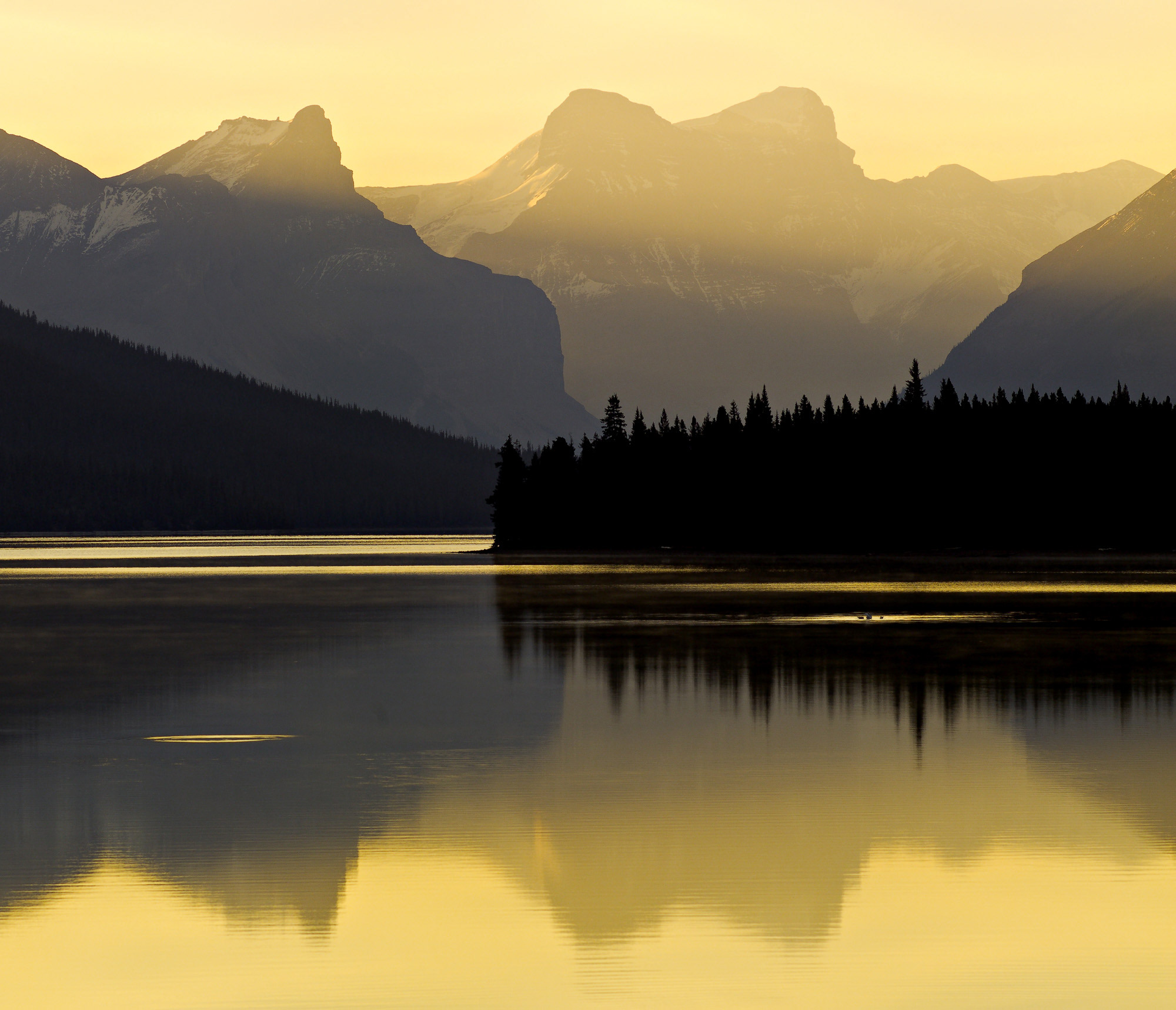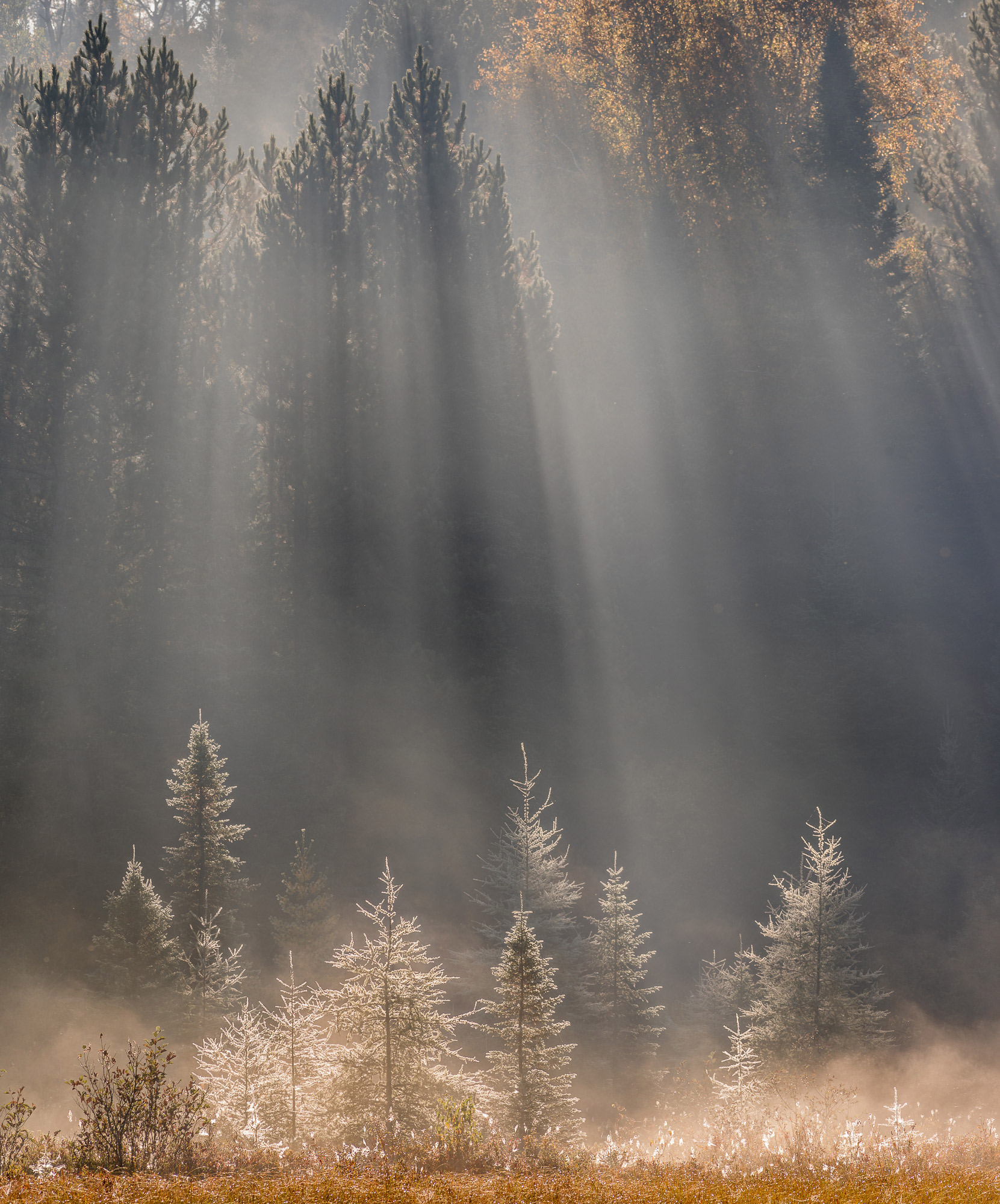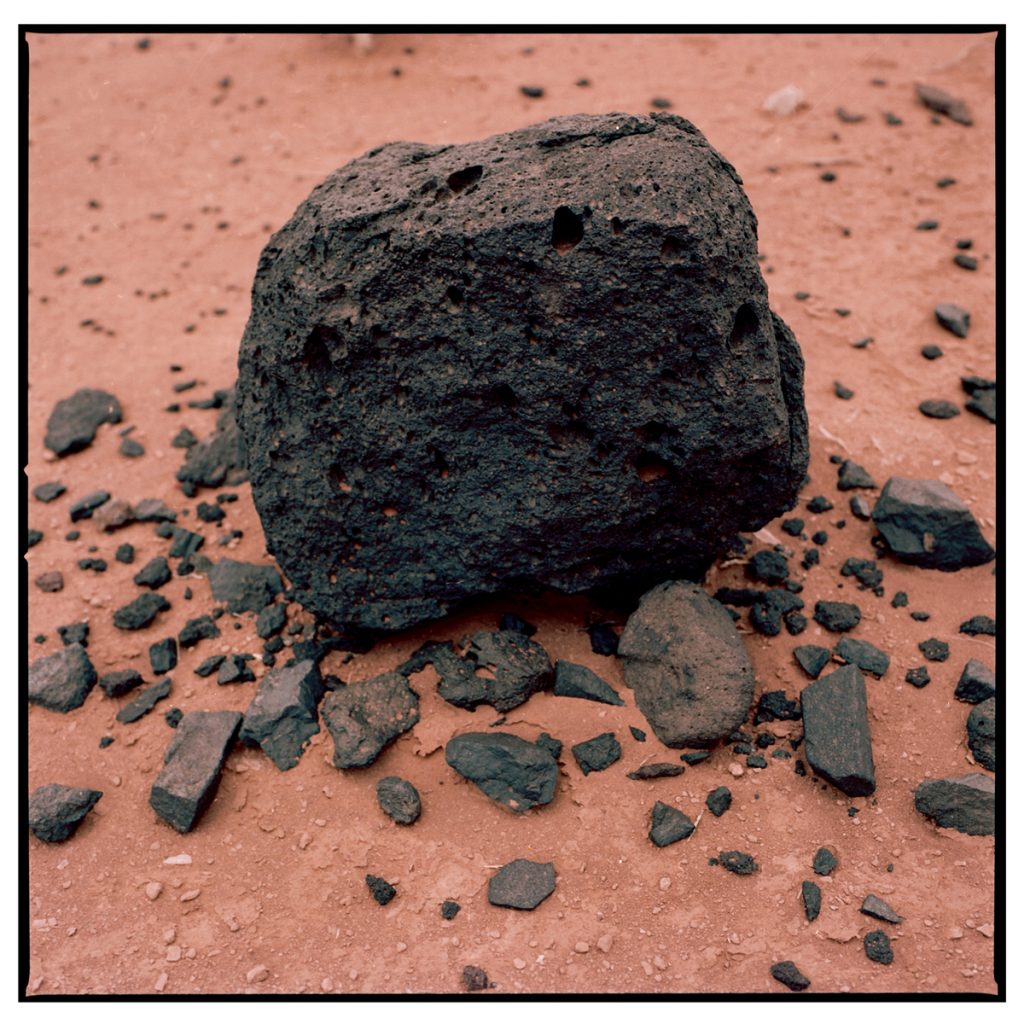

“A good photographer not only documents an object, she uncovers it.”
Laura Margaret Ramsey
Where do computer vision, ecology, the future of photography/printing and the archiving of the ephemeral and the material intersect?
This question, among others, seems to be the focus of Laura Margaret Ramsey’s work.
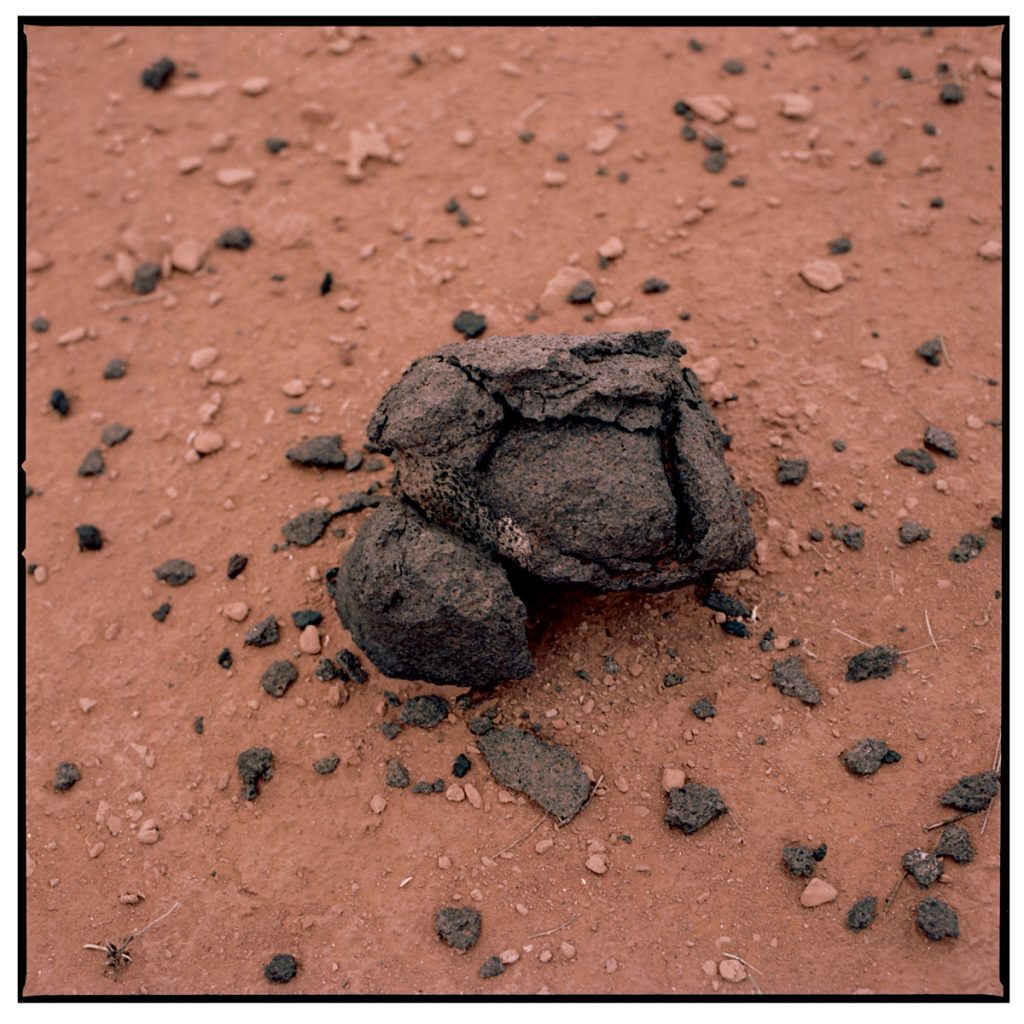

I am ever more convinced that our environments are too interdependently woven into our bodies, tech, minds and photographic lenses to have our work ignore this great convergence. Occasionally I stumble upon an artist who tumbles through these ideas with great inspiration. If caring about the environment is antecedent to caring about ourselves or the inverse, then our art should invoke these concerns, which to me is the burden of our era.
I asked Laura who I knew from her time in Toronto before her departure back to Utah, for a sample of her latest work. I was highly impressed by the images she sent me.
Most common landscape photography catalogs the environment with only an indirectly suggested place for the photographer. Laura’s work, on the other hand, goes much further and seems to implicate something at the intersection of humankind’s indelicate touch and the oncoming texture of AI’s potential reach. To me, her work takes into consideration the Anthropocene through our mediated spaces. Or put more simply; She is unafraid to explore our “cyborging” and where art, deep-history, photography, and the “natural world” become a potentially disturbing or newly revealed place. And, her photography is beautiful.
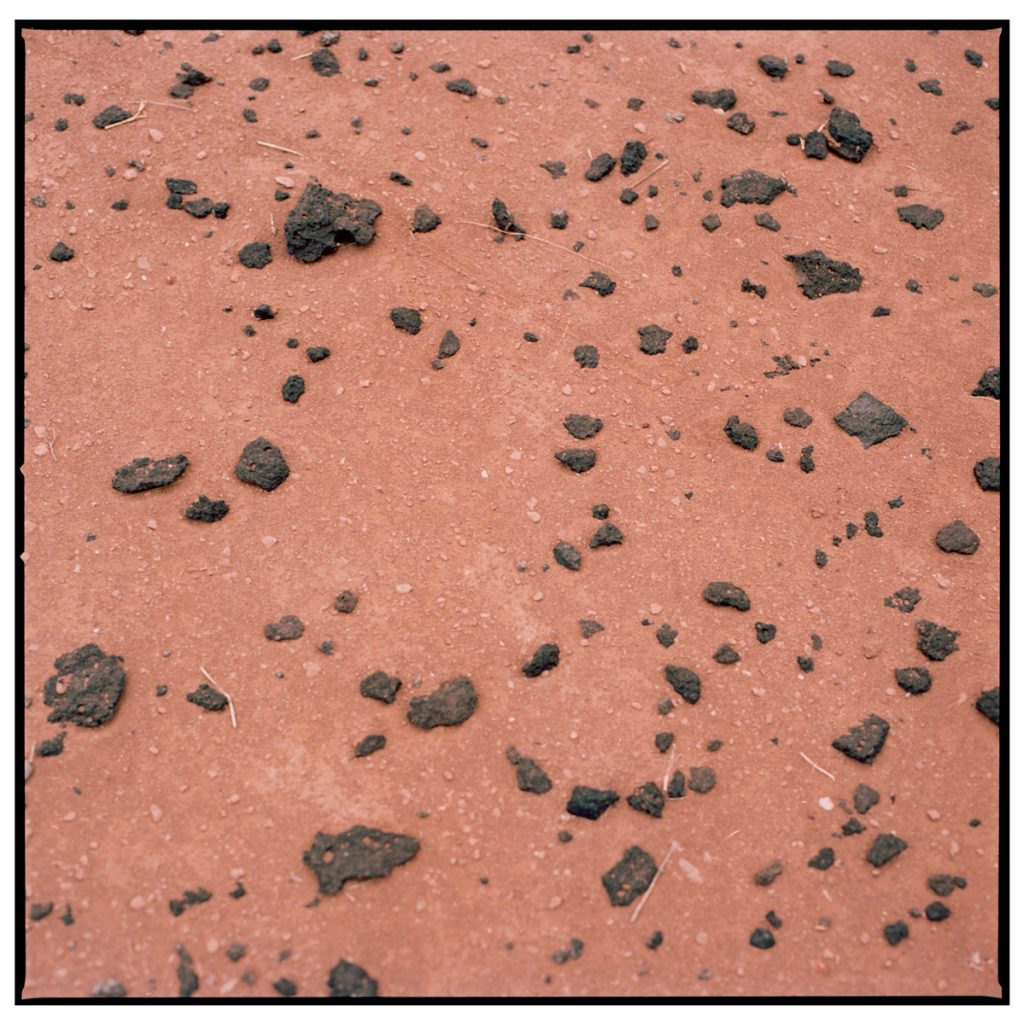

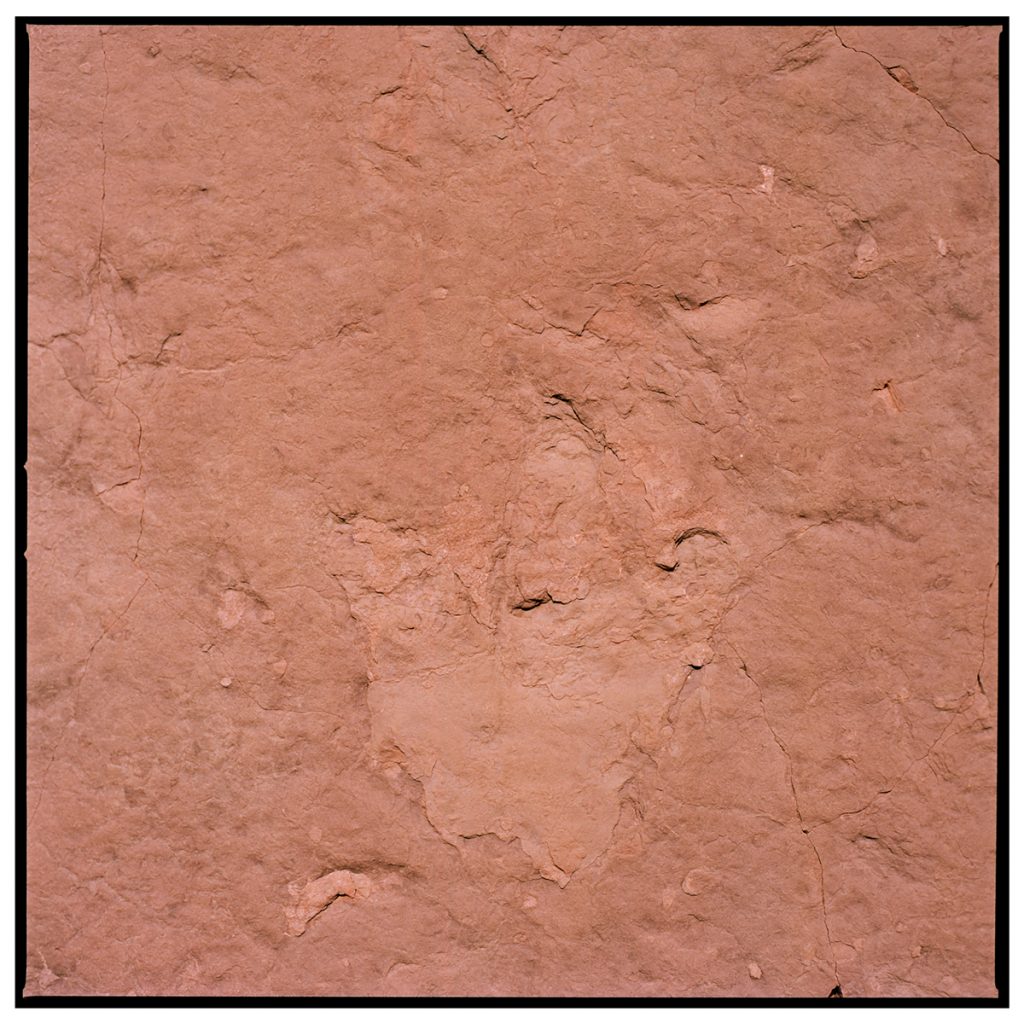

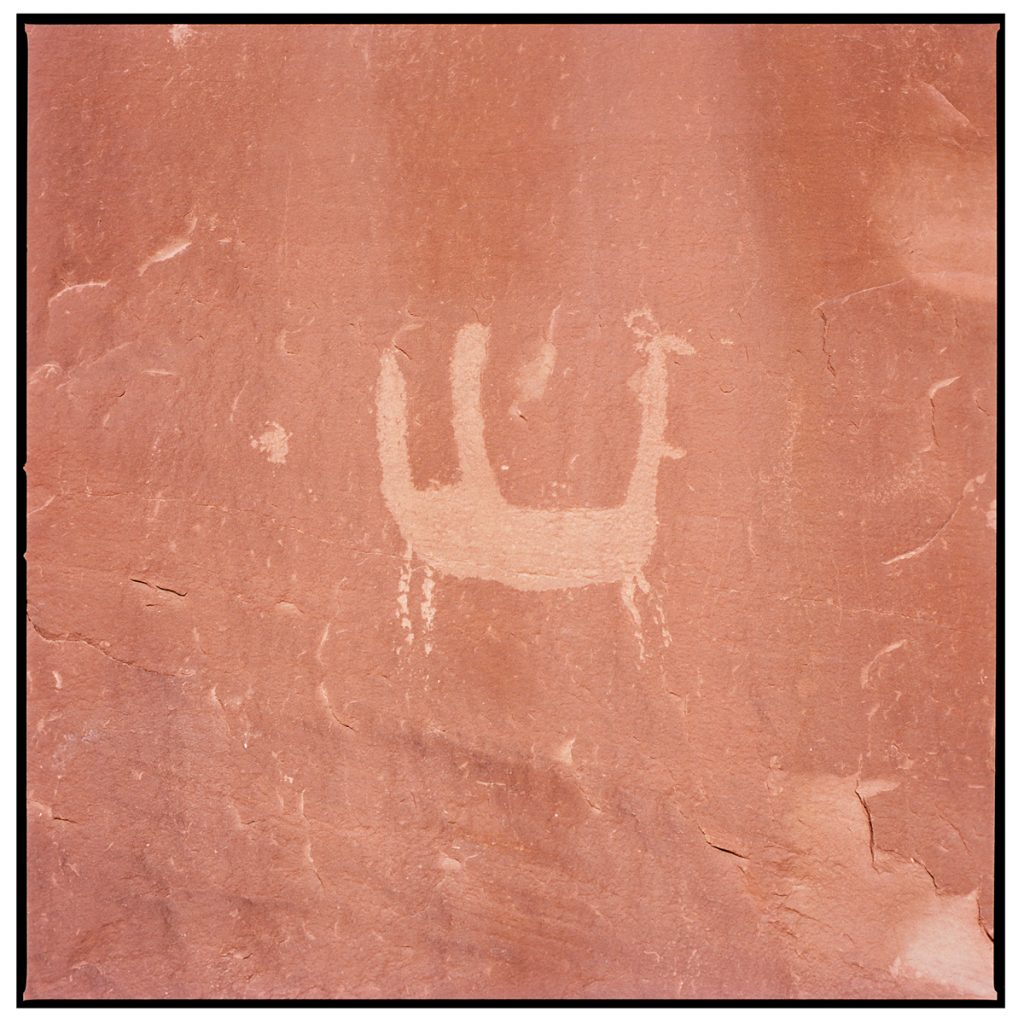



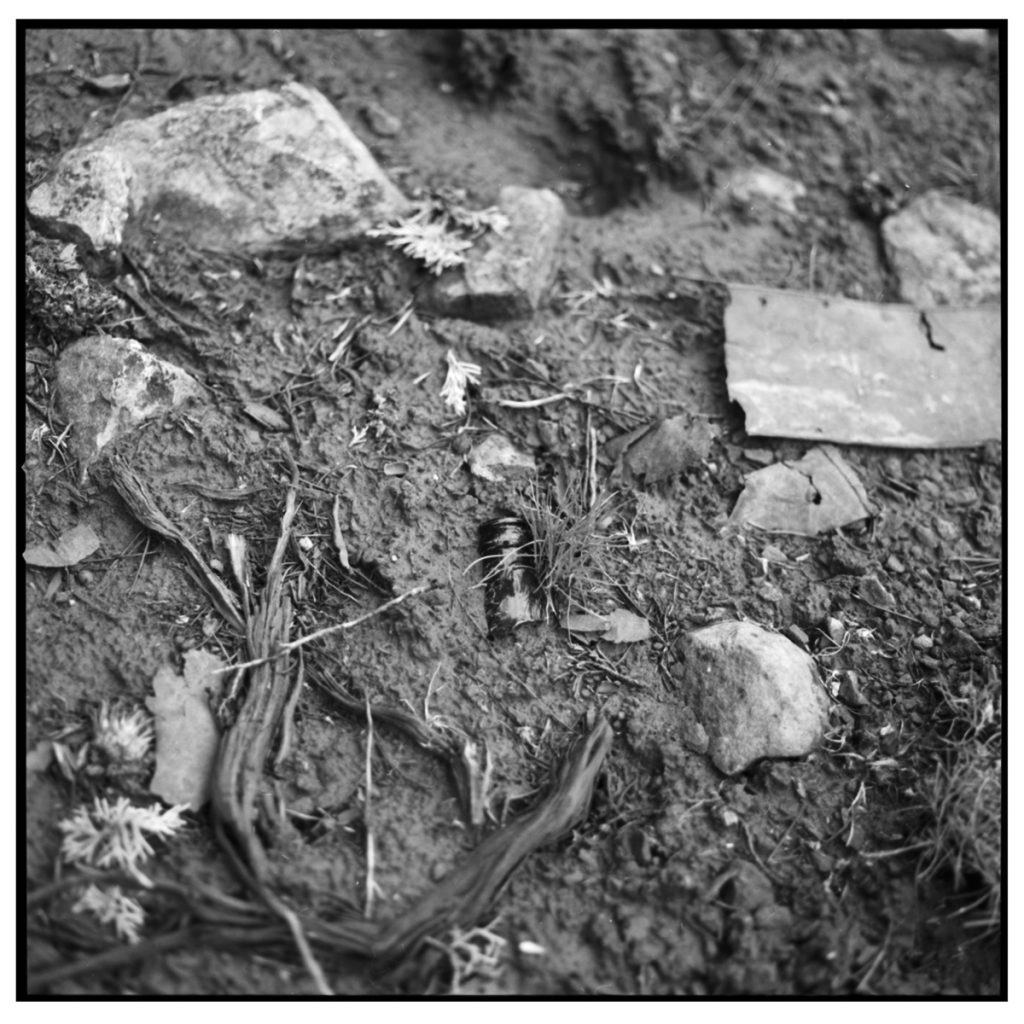

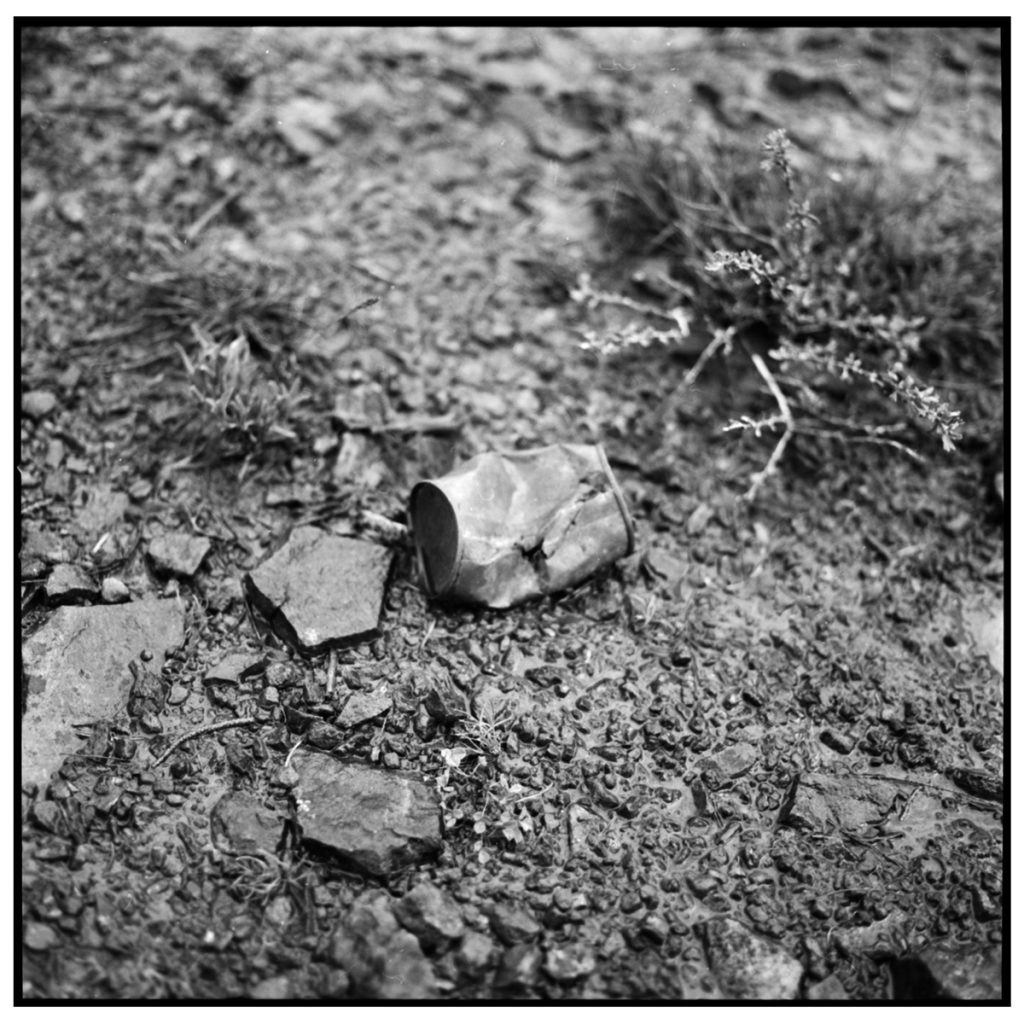

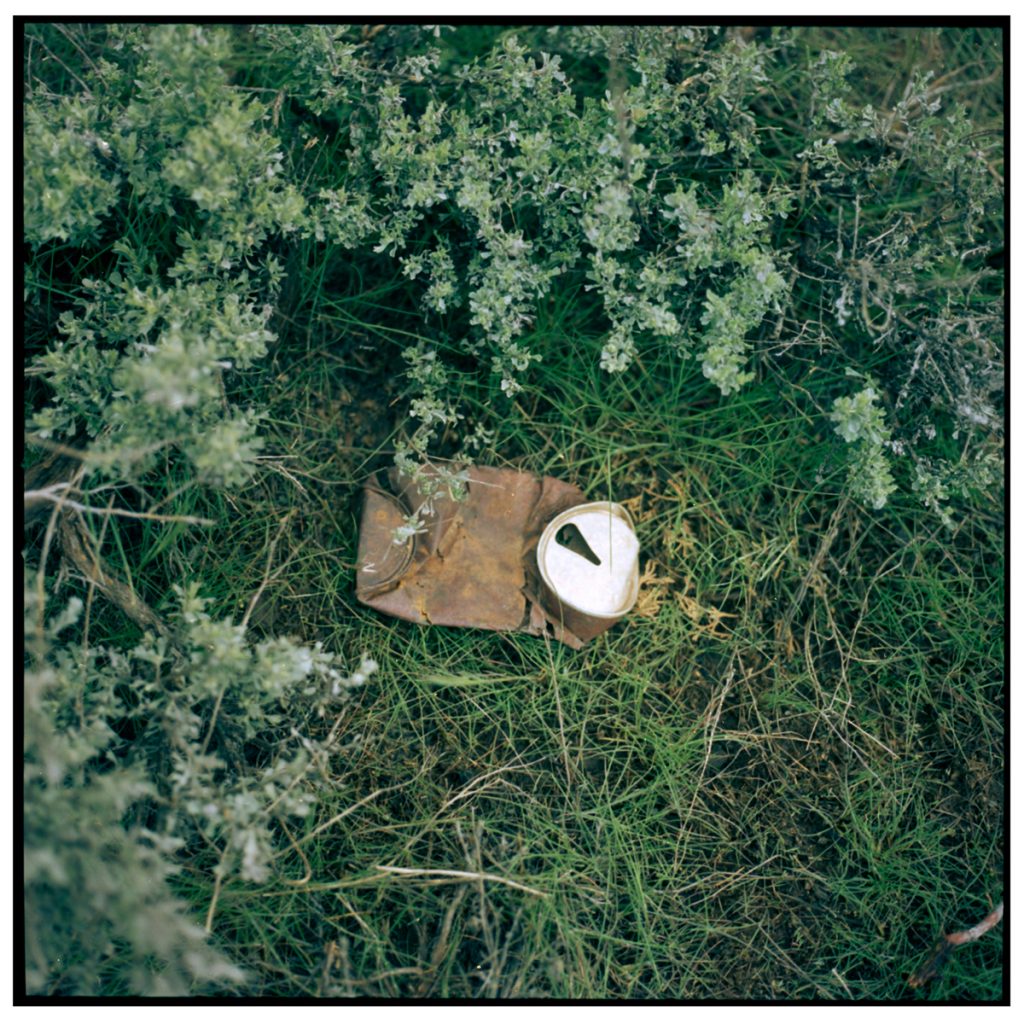

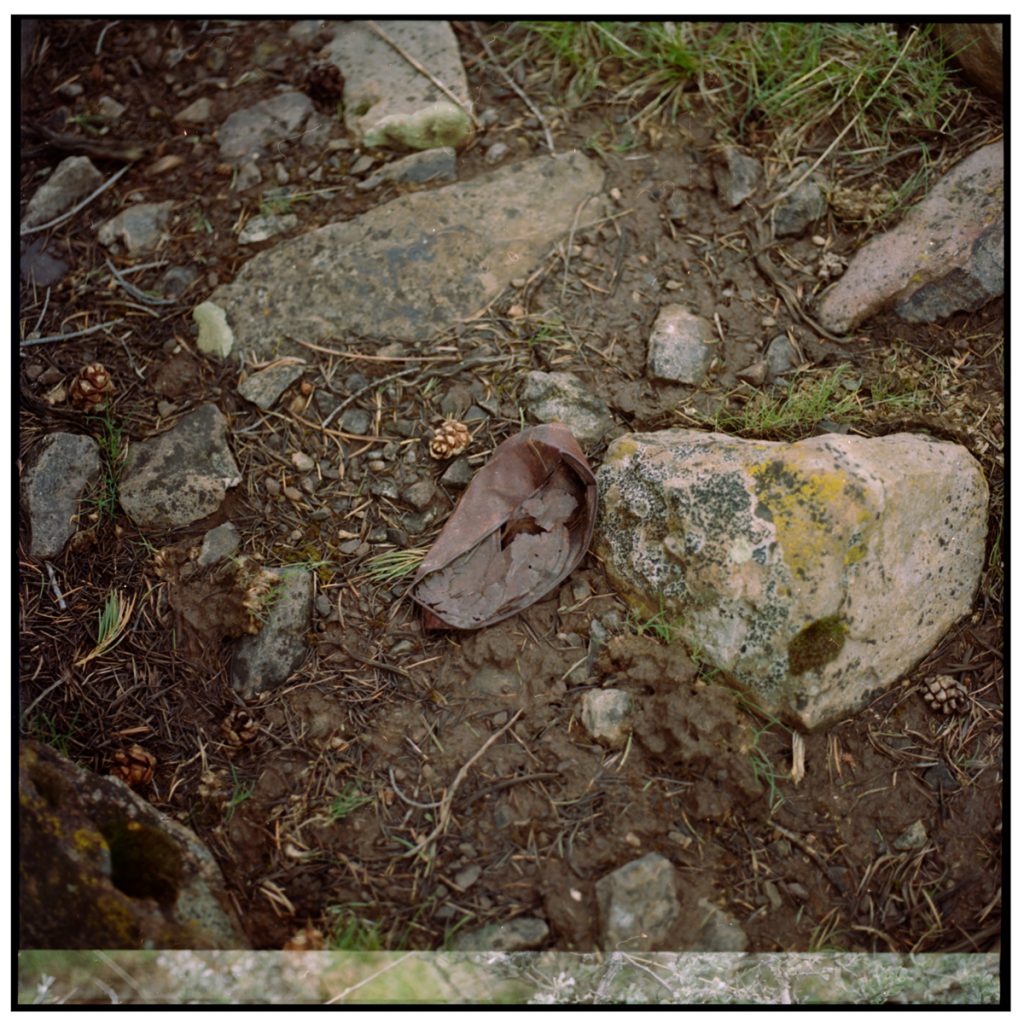

A description of Antechamber in her own words:
“The Human Era (HE), or Holocene calendar, is a dating system that adds 10,000 years to the current Gregorian calendar. Placing it’s start near the beginning of the Holocene geological epoch, when humans transitioned to fixed settlements, this more inclusive calendar system provides insight to the current global conversation about a newly proposed nuclear epoch, and our ultimate survival. What exactly did the Earth and our relationship with it look like before Uranium mining and nuclear weaponry? I aim to answer this question with the completion of a visual archive of minerals, fossils, and artifacts, found specifically within the state of Utah, U.S.A.
Following Alaska and Nevada, Utah has the most publicly owned land in the United States. It also boasts nine designated international dark sky parks, more than any other state, province, or region in the world. Such designations have provided this photographic project with a very well preserved antechamber of the present era. Utah public lands can be seen as a time capsule of the Holocene Era in basaltic boulders carried from glacial flows, rock art recordings by ancestral peoples, and scattered refuse left behind by uranium miners of the early 1900s.


Using a consistent film format, lens, and camera body, the field of the visible will remain intimate throughout the produced body of work. The constructed typologies will create an impression of control, of order, a precursor to humanity’s eagerness. Utah land status is visualized in each photograph, highlighted by the scenic, historic, and ecologically important
artifacts that have been under government protection for over 100 years. These photographs have twin points of departure: humankind’s relationship with the earth during the Holocene, and the continuing crisis of protecting public lands.”
To explore more of Laura’s work, visit her site


Josh Reichmann
September 2019







